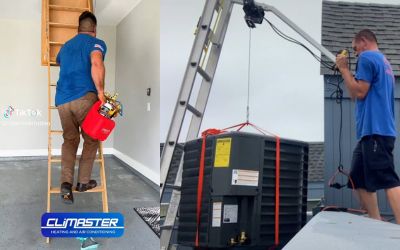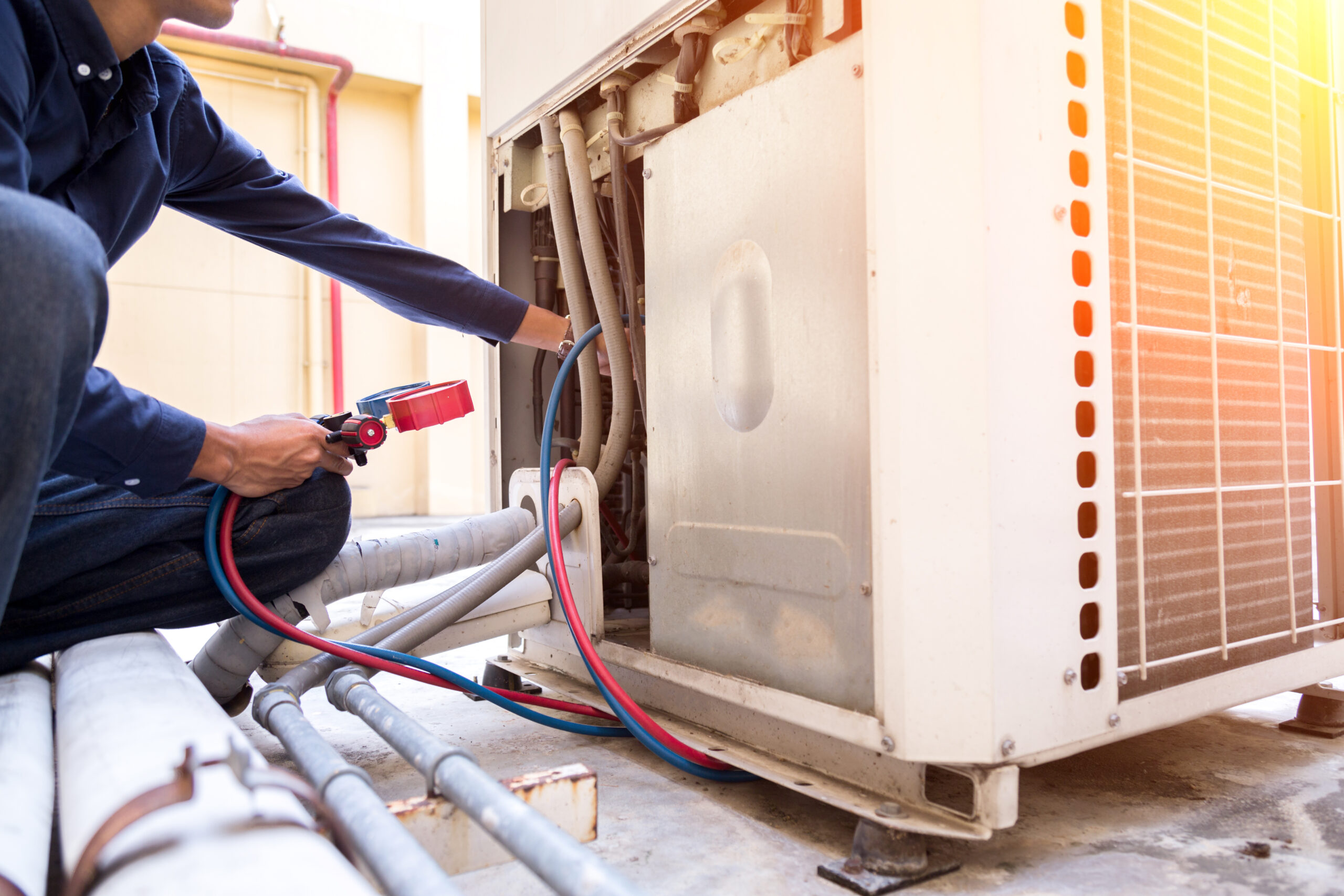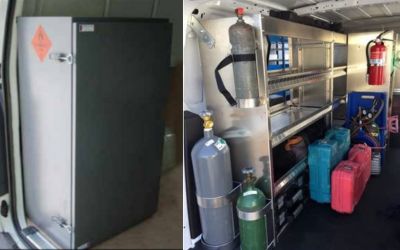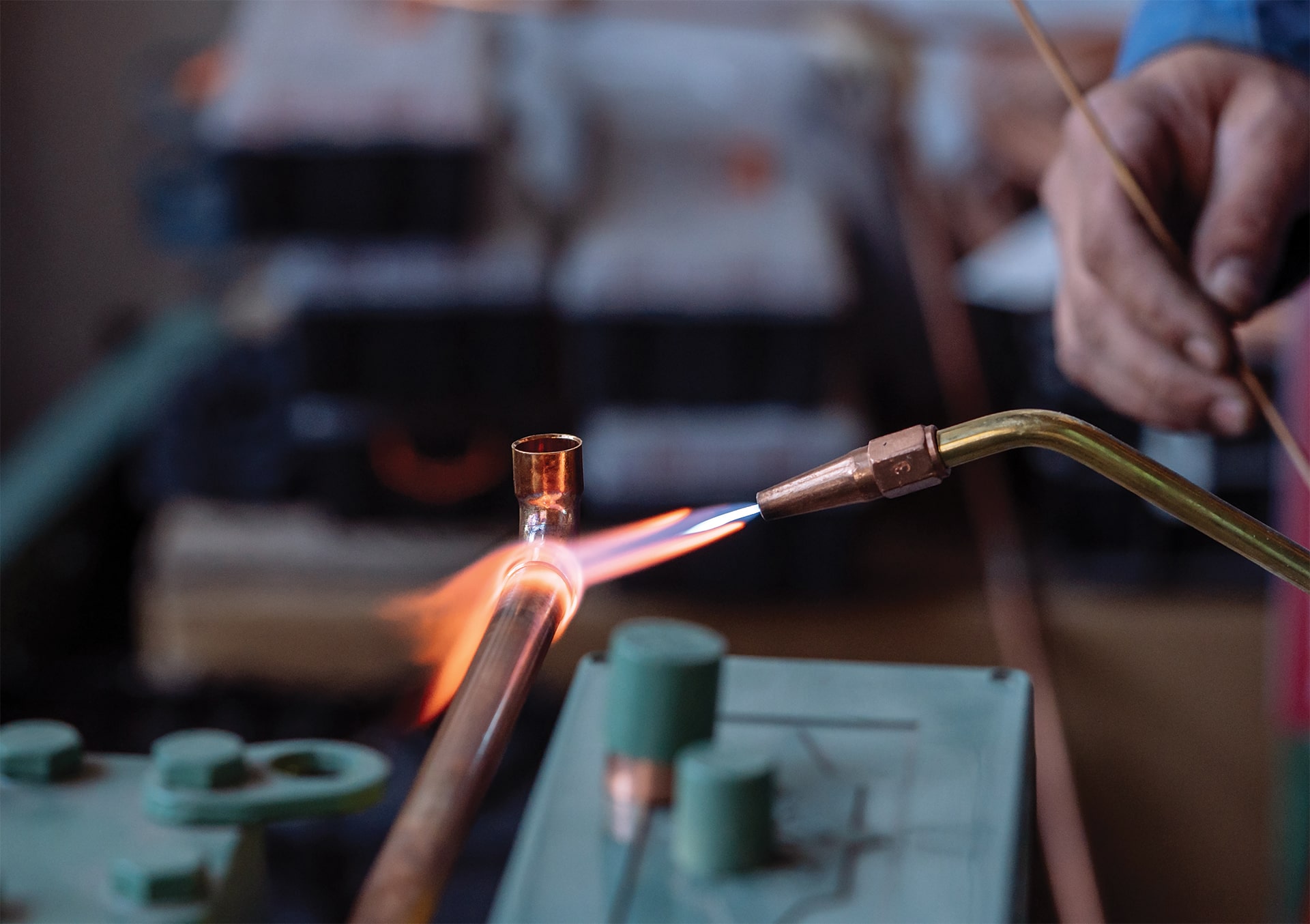When it comes to brazing, selecting the right gas system is crucial for achieving optimal performance, efficiency, and quality in your work. Whether you’re a seasoned professional or just starting, understanding the differences between oxy-acetylene, air-acetylene, and oxy-MAP gas systems is essential for making an informed decision. Each system has its unique advantages and is suited to specific applications, depending on factors such as flame temperature, portability, and precision requirements.
Contents:
- Gas options for HVAC technicians
- Best gas for welding and cutting
- Best gas for precise flame
- Best gas for portability
- Best gas for cost and fuel consumption
- Best gas for brazing copper lines
- Most user-friendly gas
- Detailed Comparison Table
- Let’s Compare: Oxy acetylene vs. oxy map vs. air acetylene
Gases used in brazing
In HVAC and Refrigeration applications, Map-Pro and acetylene are the most used gases for professional brazing.
Oxy Acetylene
Oxy-acetylene brazing rigs use a combination of oxygen (O₂) and acetylene (C₂H₂) gases. A brazing rig carries an oxygen and an acetylene cylinder, with a twin hose that connects both gases to a brazing torch. As the fuel and oxygen torch dials are adjusted, both gases mix inside the torch.
Air Acetylene
Likewise, to oxy-acetylene, air acetylene uses both oxygen and acetylene gases to operate. However, instead of carrying two cylinders – air acetylene brazing rigs only require one acetylene cylinder, as it uses atmospheric oxygen for combustion.
Oxy Map-Pro
Similar to oxy-acetylene, Oxy Map-Pro systems require two gas tanks to operate. Instead of acetylene, Oxy-Map uses Map-Pro – a fuel gas based on a mixture of propylene and propane.
In this article, we’ll explore the key features, benefits, and limitations of these gas systems to help you determine which one best meets your needs.
Best gas for welding and cutting steel
Whilst both air acetylene and oxy-acetylene use the same gases, the isolated mixture of oxy-acetylene allows it to produce a significantly higher-heat flame. Oxy acetylene can reach extremely high temperatures around 5,600°F (3,093°C), with air acetylene about 2,700°F to 3,000°F (1,482°C to 1,649°C).
With a strong heat output, oxy-acetylene can therefore be used on work that requires more heat – such as for steel cutting and welding or for faster work on thick materials.
Whilst air acetylene has a lower heat output, it still produces a high-heat flame suitable for carrying many brazing projects, particularly on copper pipes.
Winner: Oxy acetylene.
The Oxy-acetylene flame can reach very high temperatures which is best for cutting and welding. It can also be used for brazing larger materials.
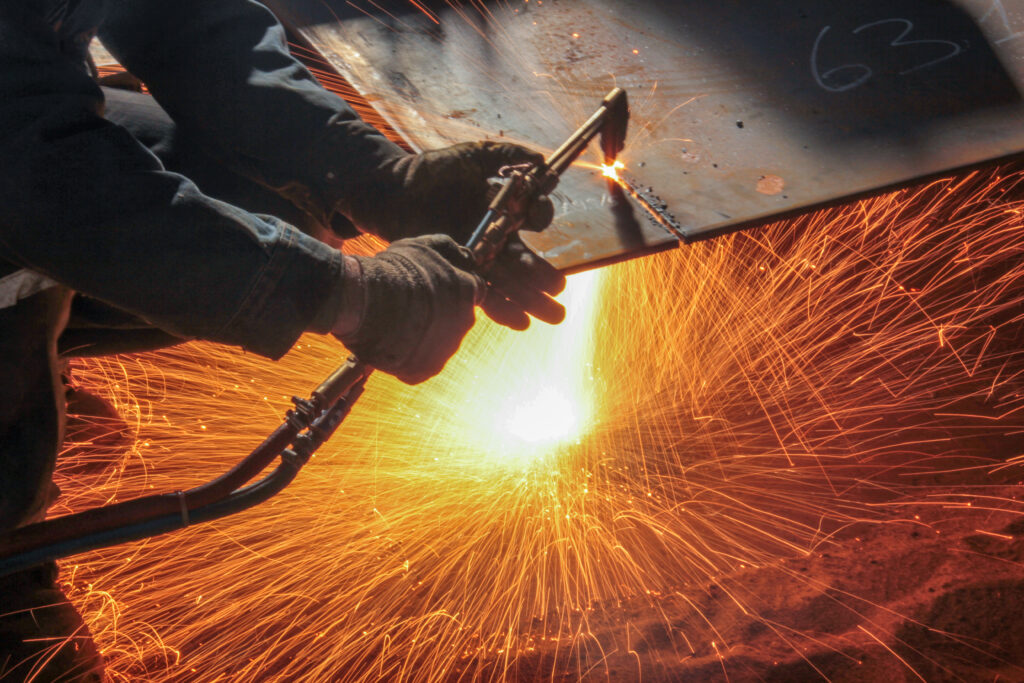
Best gas for precise flame
A precise, concentrated flame allows for faster and more direct heat transfer which is crucial when precision and speed is required – especially in applications like brazing delicate joints or working in tight areas.
Oxy acetylene brazing rigs are known to typically produce a more precise flame when compared to air-acetylene. This is because the fuel-to-oxygen ratio can be controlled and fine-tuned to create a specific flame. Likewise, Oxygen Map-Pro setups allow for fine-tuning of fuel-to-oxygen ratio, as the brazing torch also operates on a dual-gas system.
It’s important to note that brazing gas set-ups can be used with various sized torches and tips. To get a more precise flame, look for a torch with a thin tip designed for brazing copper tubing <1” in diameter.
Uniweld offers a setup with Cap’n Hook flame tips for brazing up to 1” copper tubing. For the optimal oxy-map setup, the Ambro Controls Oxyset Mobile Brazing System offers a Precision Torch attachment, ideal for brazing copper up to 7/8” are more.
Winner: Oxy-Acetylene and Oxy-Map.
When used with the right torch and flame tip, oxy-acetylene and Oxy-Map brazing rigs can be fine-tuned to produce a more precise flame than air-acetylene.
Best gas for portability
The size and weight of a setup is extremely important when it comes to brazing on rooftops and attics. A lightweight setup is also more convenient and easier to maneuver in tight spaces.
The best gas for portability ultimately comes down to the size and weight of the cylinders. Between oxy-acetylene and air-acetylene, air-acetylene setups are more lightweight and compact as the system only requires one cylinder to operate.
Although oxy-map requires two cylinders to operate, oxy-map can be significantly lighter if operated with disposable oxygen and Map-Pro cylinders.
The Ambro Controls Oxyset Mobile Brazing System is an Oxy-Map brazing rig specifically designed to be ultra-compact for HVAC and Refrigeration technicians. With compact disposable cylinders, the total setup is also very compact, weighing less than 13.5lbs altogether.
Winner: Oxy-Map.
Oxy-Map can operate with high-pressure, disposable cylinders and can therefore offer incredibly lightweight and compact brazing rigs such as the Ambro Controls Oxyset.
Best gas for cost and fuel consumption
Disposable gas cylinders have a shorter lifespan and also need to be replaced when empty, unlike large refillable cylinders used with oxy-acetylene and air acetylene systems. Oxy-map setups can therefore cost more with replacement cylinders in the long term.
Between oxy-acetylene and air-acetylene, air-acetylene has reduced fuel costs as the system only requires one refillable cylinder to operate, making use of the ambient oxygen in the air.
Winner: Air Acetylene
Air acetylene is the most cost-effective as it has a lower fuel consumption and operates on refillable cylinders.
Best gas for brazing copper lines
Oxy-acetylene, air-acetylene and oxy-map setups are all popular gas options for brazing copper in HVAC and Refrigeration applications.
As air-acetylene typically has a broader flame, it is more likely to heat downstream and is therefore less ideal when precise work is needed. On the other hand, oxyacetylene has a higher risk of burning through the pipe with a high concentration of high heat.
Winner: All.
Acetylene and Oxy-Map are ideal gases for brazing copper lines. When it comes to small lines that require more precision, oxy-map or oxy-acetylene is recommended for more precise control.
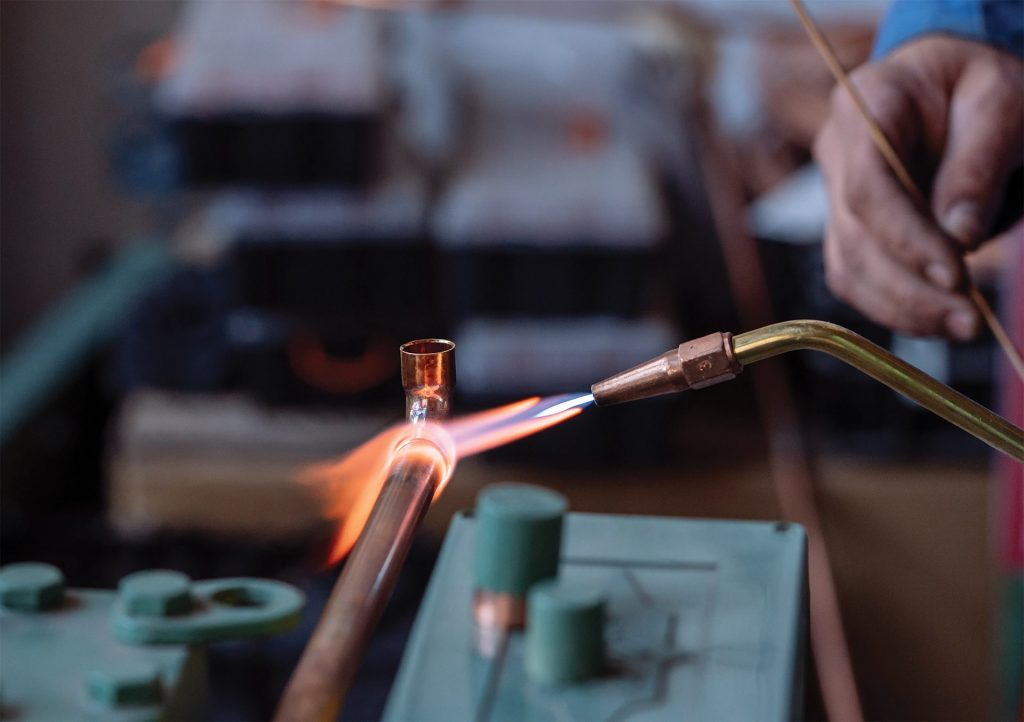
Most user-friendly gas
Dual-gas systems such as oxy-acetylene and oxy-map may take longer to learn as it requires controlling the fuel and oxygen ratios. Air acetylene can be learnt almost instantly, as it only requires controlling the flow of acetylene. Air acetylene also offers lower heat and a wider flame, reducing the risk of overheating or burning through aluminium and copper materials.
Whilst oxy-map setups require controlling both fuel and oxygen gas – the setup itself can be quickly learnt. The lightweight benefit makes this appealing for technicians of all abilities – as the system can easily be carried to the job, up ladders and in tight spaces without extra assistance.
Winner: Air acetylene.
With the ability to only control fuel supply, Air acetylene systems are quick to learn and operate. These setups also have a broader flame, reducing the risk of overheating or burning material.
Let’s Compare: Oxy acetylene vs. oxy map vs. air acetylene
| Oxy Acetylene | Oxy Map | Air Acetylene | |
| Max Temperature | 6300°F | 5400°F | 4000°F |
| Oxygen tank required | YES | YES | NO |
| Weight | HEAVIEST – 37.5lbs | LIGHTEST – 13.5lbs |
HEAVY |
| Flame Precision | HIGHER | HIGHER when used with Precision Torch | LOWER |
| Risk of burning through pipe | HIGHER | HIGHER | LOWER |
| Risk of heating downstream | LOWER | LOWER | HIGHER |
| Additional Hazards | Extra oxygen tank
Use of acetylene |
Extra oxygen tank | Use of acetylene |
| Recommended for brazing or soldering aluminium | YES | YES | YES |
| Recommended for brazing or soldering copper | YES | YES | YES |
| Recommended for cutting and welding steel | YES | Only for light applications | NO |
Bottom Line
If lightweight and compact systems are important to you, an oxy-map setup such as the Ambro Controls Oxyset Mobile Brazing System is recommended – especially if your work involves working in attics and rooftops. This system covers day-to-day copper and aluminium brazing and is a popular choice amongst HVAC and Refrigeration technicians.
If you need high-heating capabilities for large applications such as welding and cutting thicker materials – oxy-acetylene is the way to go.
